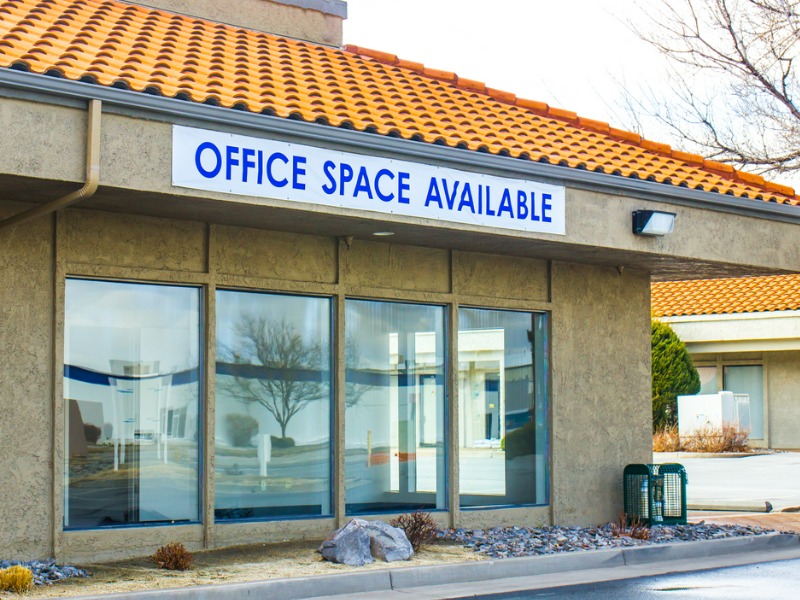How COVID-19’s wane could change commercial real estate coverage

Real estate pundits, including panellists at a Columbia University School of Business discussion early this year, are sounding the alarm about North America’s downtown cores.
They’re predicting employees will shun return-to-office mandates, sparking tenancy death spirals for commercial lessors that crash asset values. So far, though, data from real estate analyst CBRE Canada sees only modest vacancy rate increases.
Which means property valuations for many asset classes should hold, noted Peter Kennedy, national director of Aon’s real estate practice. In particular, the multifamily residential segment remains solid, with neither property valuations nor insurance replacement costs dipping, he told Canadian Underwriter. The same holds true for high-end retail and industrial and warehousing sites.
Property valuations are driven by an asset’s rental income stream, along with broader economic factors (including location, age, construction quality, and proximity to amenities).
“It’s really dependent on the class of the asset,” Kennedy said. “Class A office space that’s close to transit nodes is solid. Generally, newer construction that can facilitate all the required technology — and has amenities tenants want — is still in demand and doing exceptionally well on a valuation basis.
“Where you are seeing pressure and some softness in valuation now is in Class B and Class C office buildings, which may require a lot of money to bring up to the Class A [level, which] may not be practical.”
What’s more, insurance replacement cost values for commercial properties are influenced by factors such as availability and cost of construction materials and labour to replace or repair them.
“That doesn’t necessarily go up and down just because the building’s vacancy rates [go] from 3% to 5%,” Kennedy said. “That does not affect the insurance replacement cost value of the property. It just doesn’t matter for insurance purposes.”
Asset prices are key
Insurers will, though, become concerned if an asset’s rental income drops sharply.
“Underwriters will have concerns about risk quality if an owner’s rent collections dip to the point where cashflows are insufficient to finance proper maintenance and security of the premises,” he said.
Kennedy estimated the threshold for concern would hover around 50% of unleased space. “Then [insurers] will start asking a lot of questions: ‘Are you still doing the maintenance? Are you still replacing the equipment? Are you still having security? Are you still cleaning the premises in terms of slip and falls?’
“Those [areas] are where insurance companies get concerned, and for liability as well,” he says.
Brokers, meanwhile, must consider landlords’ rising financing costs — alongside rising outlays for heat, hydro and labour — and encourage property owners to maintain their assets.
“Make sure you’re getting the best deal for the client and that they’re only buying what they need and that the deductibles make sense,” Kennedy advised brokers. “You’ve got to be much more careful in terms of making sure your clients are really buying the risk protection they need – and not more, and not less, for sure.”
Likewise, it’s important for landlords to detail any work they’re doing with respect to building improvements, maintenance, and on the leasing end.
“Clients should continue to tell their story about how they are looking after their assets to make sure they’re best-in-class and getting the full credit from their insurance company as a quality risk,” he said.
This story is excerpted from one that appeared in the November print edition of Canadian Underwriter. Feature image by iStock.com/Thomas Bullock







